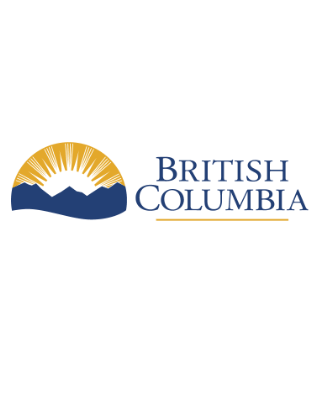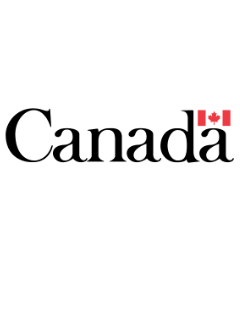
Getting a Court-Appointed Lawyer (Section 684 Application)
Court of Appeal (Justice Education Society)
If you have a court of appeal case and can’t afford a lawyer, this page explains how to apply for a court-appointed lawyer under section 684 of the Criminal Code.
Last reviewed March 2025


